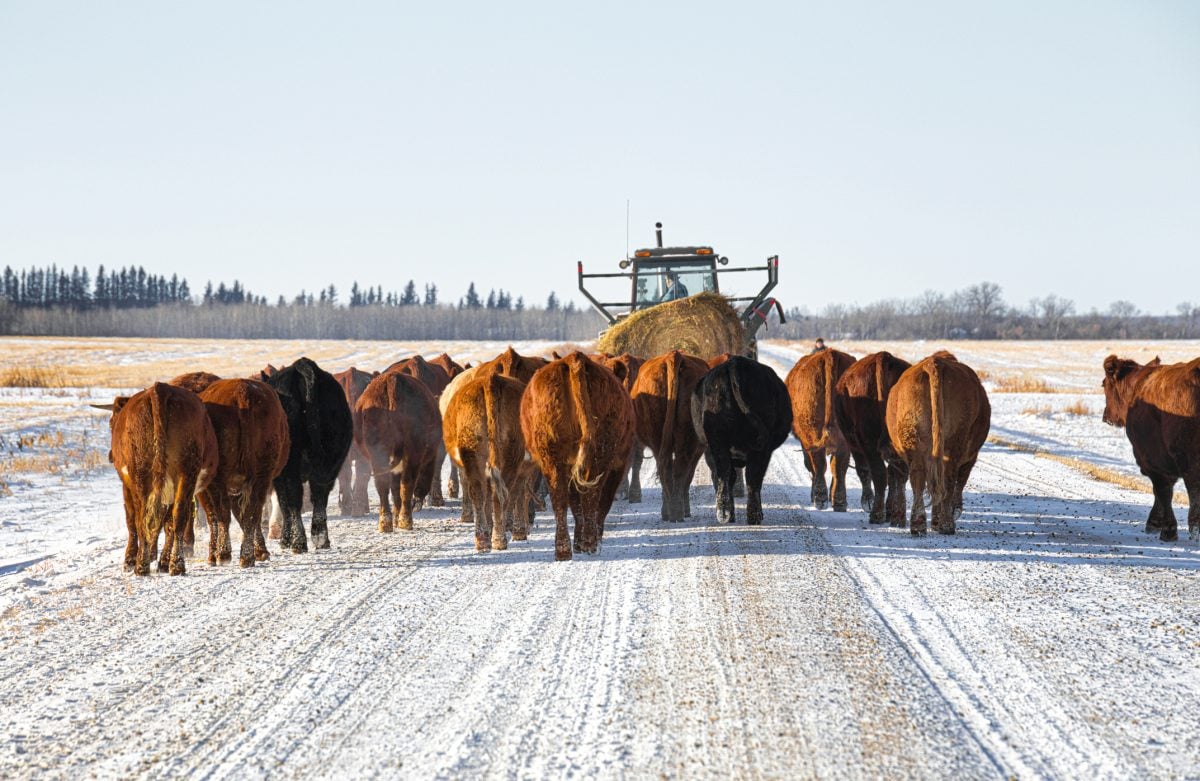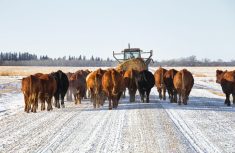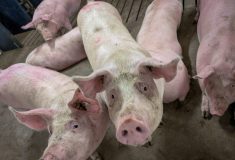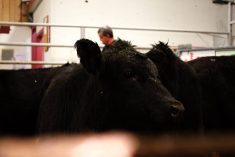Western Canadian feeder cattle prices were relatively undefined last due to lower volumes; however, U.S. feeder cattle were $3-$5 per hundredweight (cwt) higher, setting the positive tone.
Alberta packers were buying fed cattle steady to slightly higher at $158/cwt and fed contracts for the fall an winter period continue to climb.
The beef market appears to be incorporating a risk premium due to the uncertainty in production and packers are looking to secure supplies. Wholesale beef values made fresh highs again this past week and consumption levels have not slowed despite the higher price structure at the retail level. This environment has spilled over into the feeder cattle market and pencils are sharpening as feedlot managers strategize purchases for the fall run.
Read Also

U.S. livestock: CME cattle tick lower in thin pre-holiday trade
Chicago | Reuters – Chicago Mercantile Exchange live and feeder cattle futures were little changed but ended slightly lower on…
Feedlot margins are expected to narrow with the barley fundamental structure tightening. However, the function of the corn market is to encourage demand, and with greenhouse conditions across the Midwest, U.S. corn will likely flow into southern Alberta this winter. Lower cost per pound gain in Nebraska has kept demand strong for Manitoba feeder cattle. The industry is anticipating a surge in feeder cattle exports to the U.S. this fall.
Lethbridge-area pivots and sprinklers are running full steam while southeastern Saskatchewan producers have endured adverse rains and hailstorms that compare only to the flood during the time of Noah. Forage supplies are expected to be rather snug in these regions, which could bring yearlings and early calves to market sooner than anticipated. The feeder auction market is the only bright spot on the Prairies as grain and oilseed prices continue to drop on abundant supply projections.
Central Alberta steers in the range of 700 to 800 pounds averaged $253/cwt this week on light volumes. Feedlot margins are hovering at breakeven in forward positions but past history suggests feeder prices will move above this level as the hope and risk tolerance factor sets in.
– Jerry Klassen is a commodity market analyst in Winnipeg and maintains an interest in the family feedlot in southern Alberta. He writes an in-depth biweekly commentary, Canadian Feedlot and Cattle Market Analysis, for feedlot operators in Canada. He can be reached by email at [email protected] for questions or comments.















